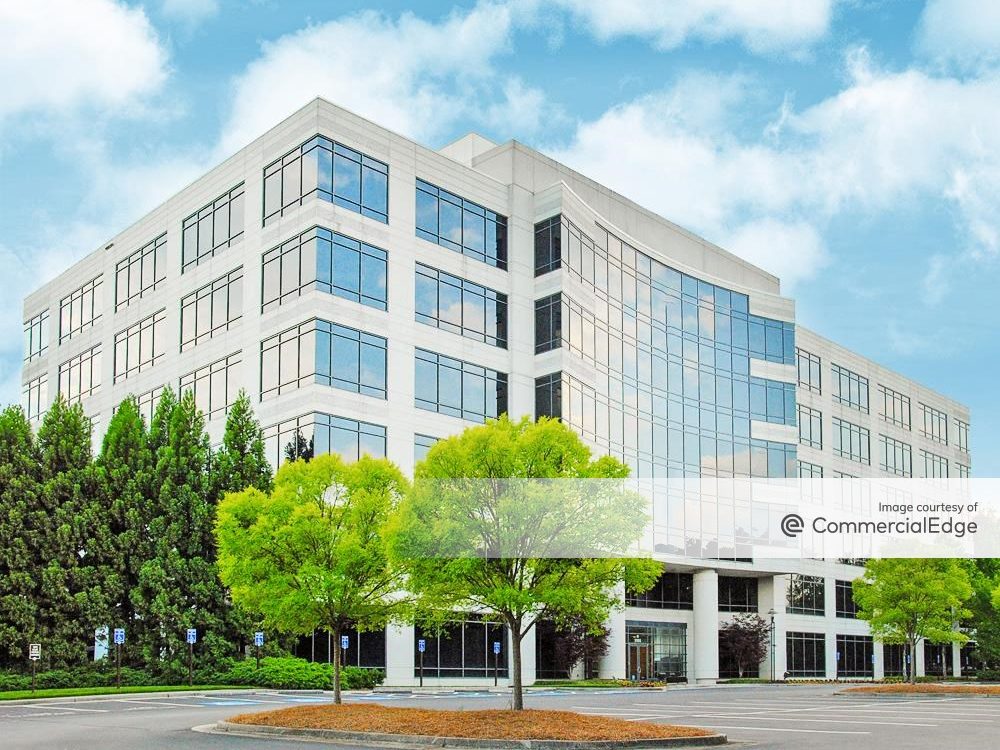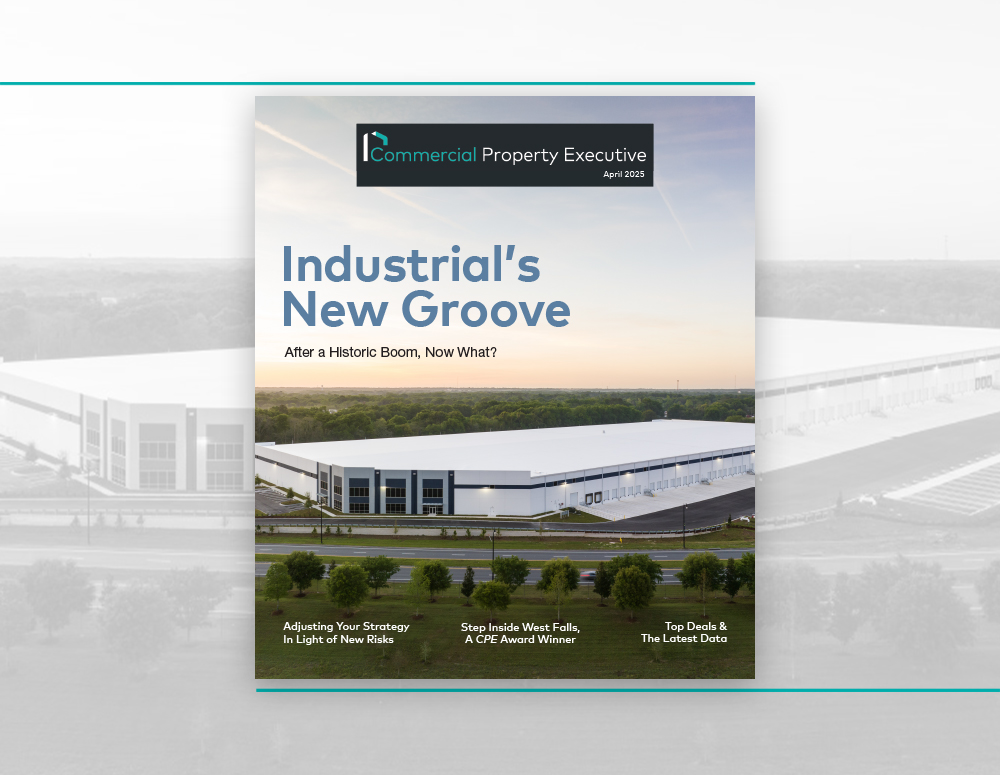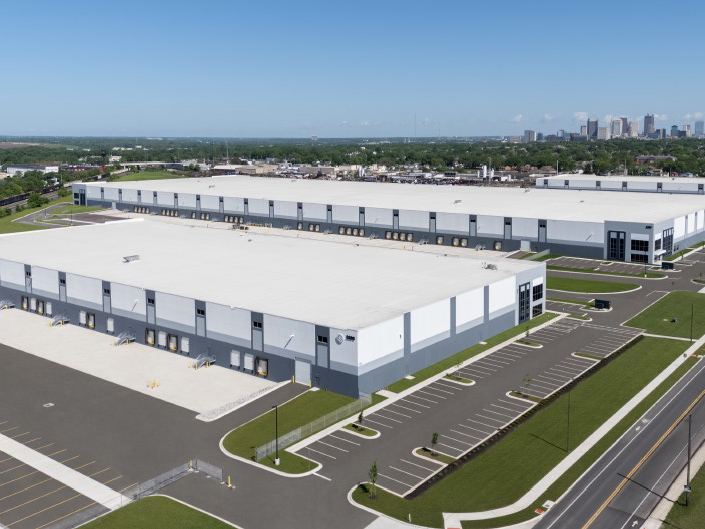Centennial, Atlas Hill RE Close Major Retail Deal
Maryland’s second-largest mall has new owners.
Centennial and Atlas Hill RE have acquired Annapolis Mall, a super-regional shopping center in Annapolis, Md., within the Greater Washington, D.C., market.

The property—Maryland’s second-largest mall—adds to Centennial’s nationwide footprint within the asset class.
The mall is in an affluent, growing trade area with limited competition and the possibility of adding a residential community in the center of Annapolis.
Waterfall Asset Management and Lincoln Property Co. are joining Centennial and Atlas Hill in the deal.
Lincoln Property Co. has recently made a strategic investment in Centennial’s operating business. The partnership will provide Centennial with the capital and resources it needs to accelerate its national expansion while positioning Lincoln for new mixed-use development opportunities.
Atlas Hill RE’s head, Sandeep Mathrani, is a prominent player in repositioning prominent super-regional centers to the table. Together, each entity will have a financial stake in the acquisition, and the team will work collaboratively to execute the center’s business plan.
Macy’s and JCPenney anchor Annapolis Mall, which also houses Apple, The Container Store, Crate & Barrel, Arhaus, Lululemon, Maggiano’s Little Italy, The North Face and Retro Fitness.
Centennial also announced it had executed leases at the mall for experiential retail concept Dick’s House of Sport and Dave & Busters. Both tenants are expected to open at Annapolis Mall in the winter of 2025.
Malls have become destinations
As many regional malls have failed or are struggling, creating a mix of uses that combine retail, experiential retail, entertainment, and food and beverage concepts has become essential, Todd Monahan, executive vice president & managing director of Wolf Commercial Real Estate/CORFAC International, Philadelphia, told Commercial Property Executive.
“It’s critical to create a center that is a destination and offers an experience no other center offers,” he said. “This is place-making at its finest. Consumers want a place to shop, dine and be entertained, whether it’s bowling, golf, pickleball, fitness or other uses that complement each other and extend the consumer’s stay. With online shopping becoming the norm, regional centers must differentiate themselves and offer more than retail shopping.”
Alan Hammer, partner at Brach Eichler, told CPE that he sees shopping centers or malls in America changing dramatically in the coming years.
“Super-regional malls are unique and may continue to survive or prosper in their current forms, provided they are aggressively managed,” Hammer said. “More typical malls will see the most dramatic changes. I believe it is only natural that portions of the malls will be demolished, and, in their place, multifamily housing will be constructed.”
READ ALSO: Retail Owners Gain Leverage
According to Hammer, the residents will have the convenience of shopping and entertainment in their communities, and the retailers, restaurateurs and entertainment providers will have a natural built-in customer base.
He also expects health-care facilities to be incorporated, having the same advantage as the retail tenants with potential customers onsite, while providing important convenience to the residents.
Trent Rustan, vice president, Retail Sales & Leasing, Commercial Properties Inc./CORFAC International, told CPE the Annapolis Mall sale is an example of high-quality brick-and-mortar retail continuing to be a viable investment.
“Destination locations combined with strong supporting retail and entertainment nodes can provide the synergy needed to continue to lure tourists and shoppers,” Rustan said.
He explained that where solid marketing and continued adaptation and improvement are part of a property owner’s operational strategy, more nationally branded companies and strong regional credit operators will continue to seek out the comfort of these economic nodes for their new concepts.
Lisa Christianson, president of Christianson & Co./CORFAC International, told CPE that well-located malls nationwide are reinventing themselves and upping their game.
In Edina, Minn., Southdale Center, the first enclosed mall in the country, looks different than it did five years ago. Restoration Hardware, an apartment building, Shake Shack, and a hotel all sit on out parcels of the mall. Lifetime has opened a massive, 204,000-square-foot high-end fitness and co-working space, complete with a resort-style rooftop beach club that opened at the end of 2019 as a new anchor to Southdale.
Kowalski’s, an upscale local grocery store, opened this year in the former Herberger’s box.
“Several other retailers and entertainment concepts are already open, and a slew of retailers, including Gucci, Moncler, Man Mara and Breitling, are slated to open next year, bringing a new high-end shopping experience to the mall,” she said.
Super-regional malls are not obsolete
Jim Tancredi, principal of LMT Commercial Realty, LLC/CORFAC International, told CPE that the super-regional mall business model has changed significantly recently but has not become obsolete.
“Many once-thriving malls have suffered a slow death due to the negative influence of online retailers like Amazon and Temu,” Tancredi said.
He added that the online retail sector is pirating traditional mall business because consumers can shop from the convenience of their homes at significantly lower prices. “As a result, foot traffic is down in the malls, and there is less of a need for retailers to maintain their sticks & bricks presences in these dying retail centers.”
LISTEN TO: Retail Always Comes Back—and With New Twists
According to Tancredi, further complicating the business model is the inability of mall owners to refinance current loans at today’s interest rates. He explained that in some cases, owners are strapped with debt well over 100 percent LTV.
“They are handing the keys back to the banks instead of restructuring the debt and offering up additional reserves to establish a more acceptable LTV,” Tancredi told CPE. He added that while some malls are closing, others are being converted to lifestyle centers or mixed-use projects that include uses like retail shopping, large-scale medical offices/health-care services, multifamily dwellings, as well as hospitality and entertainment venues.
Transitioning from a super-regional mall to a lifestyle center or mixed-use project is an expensive redevelopment proposition. Still, once complete, it will generally return the property to profitability, he said.







You must be logged in to post a comment.